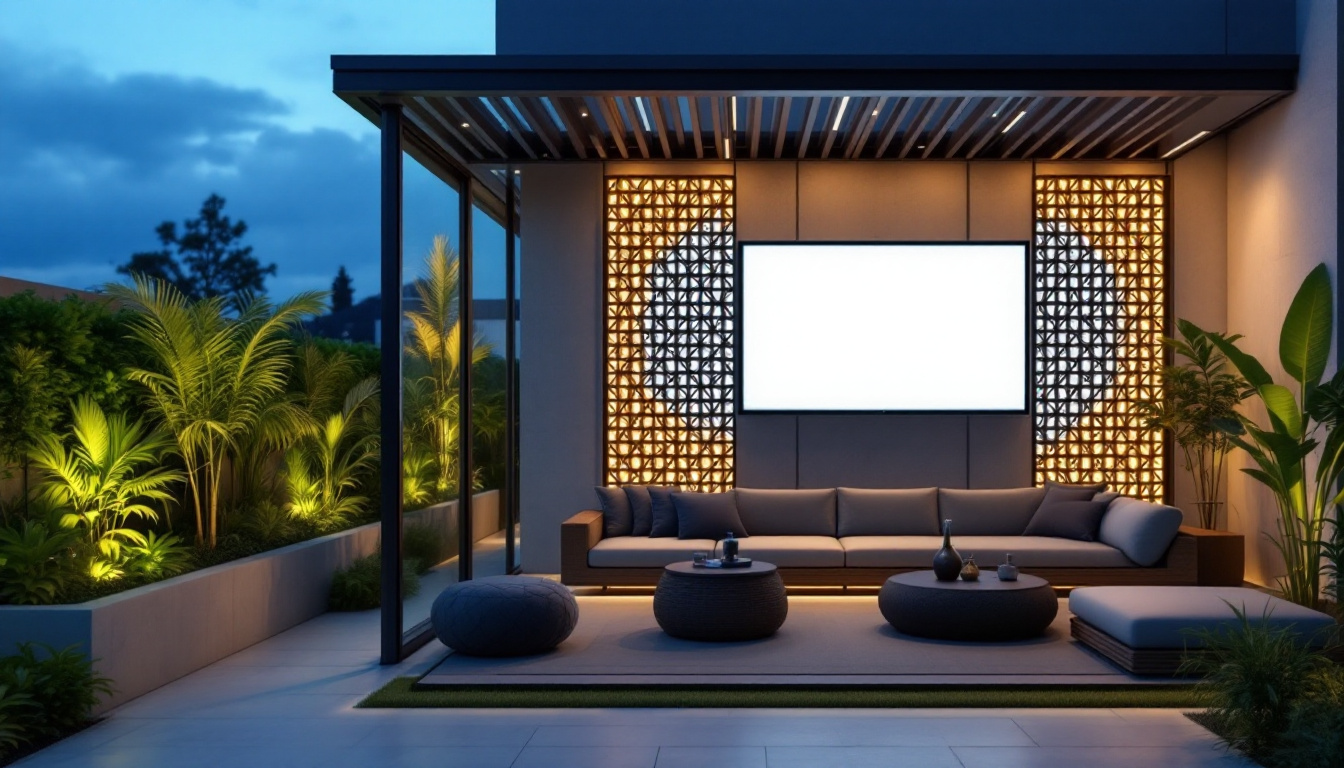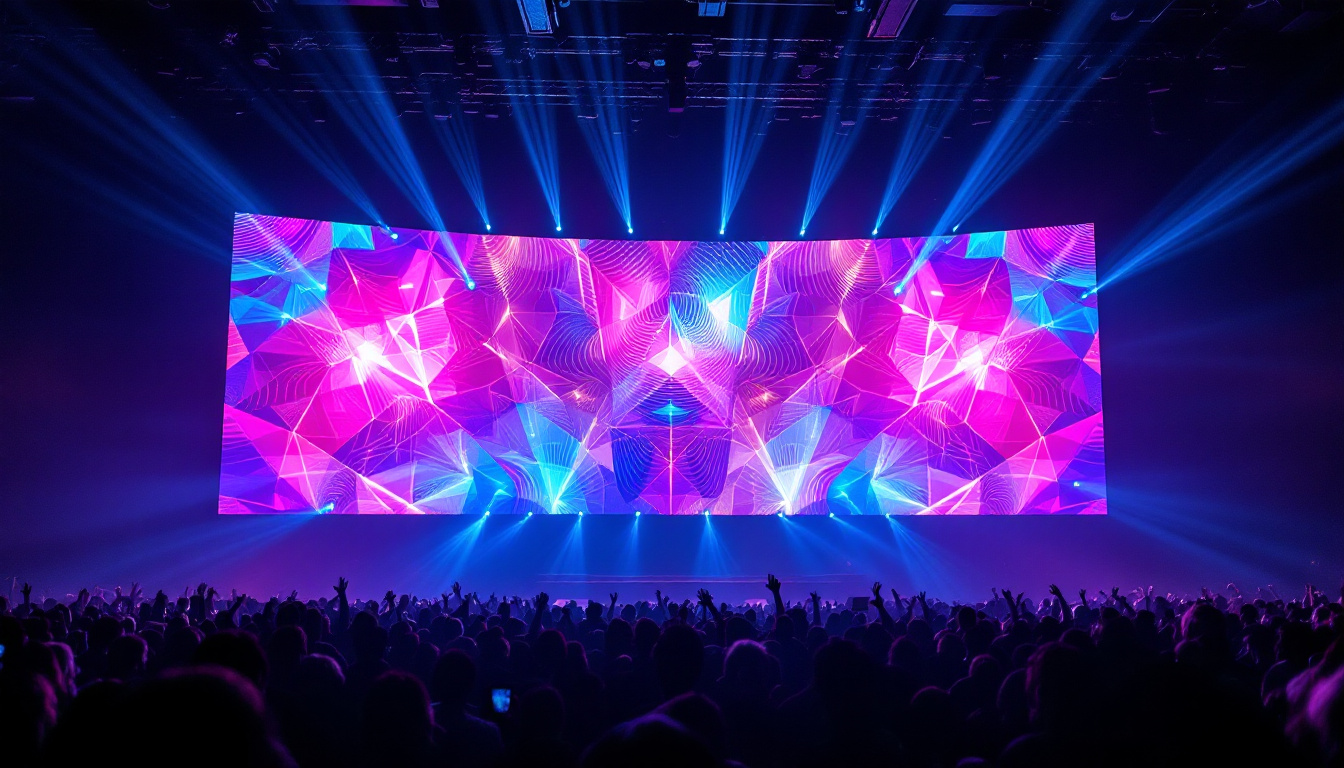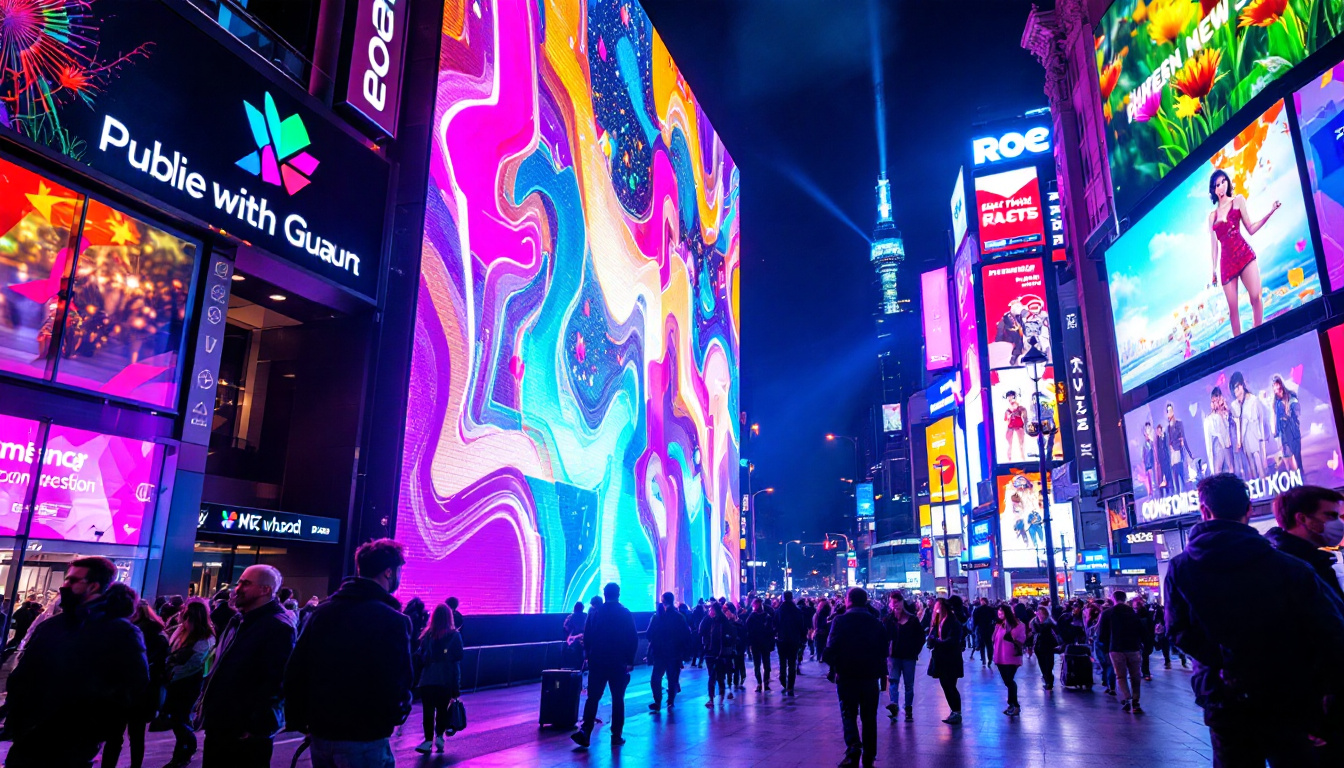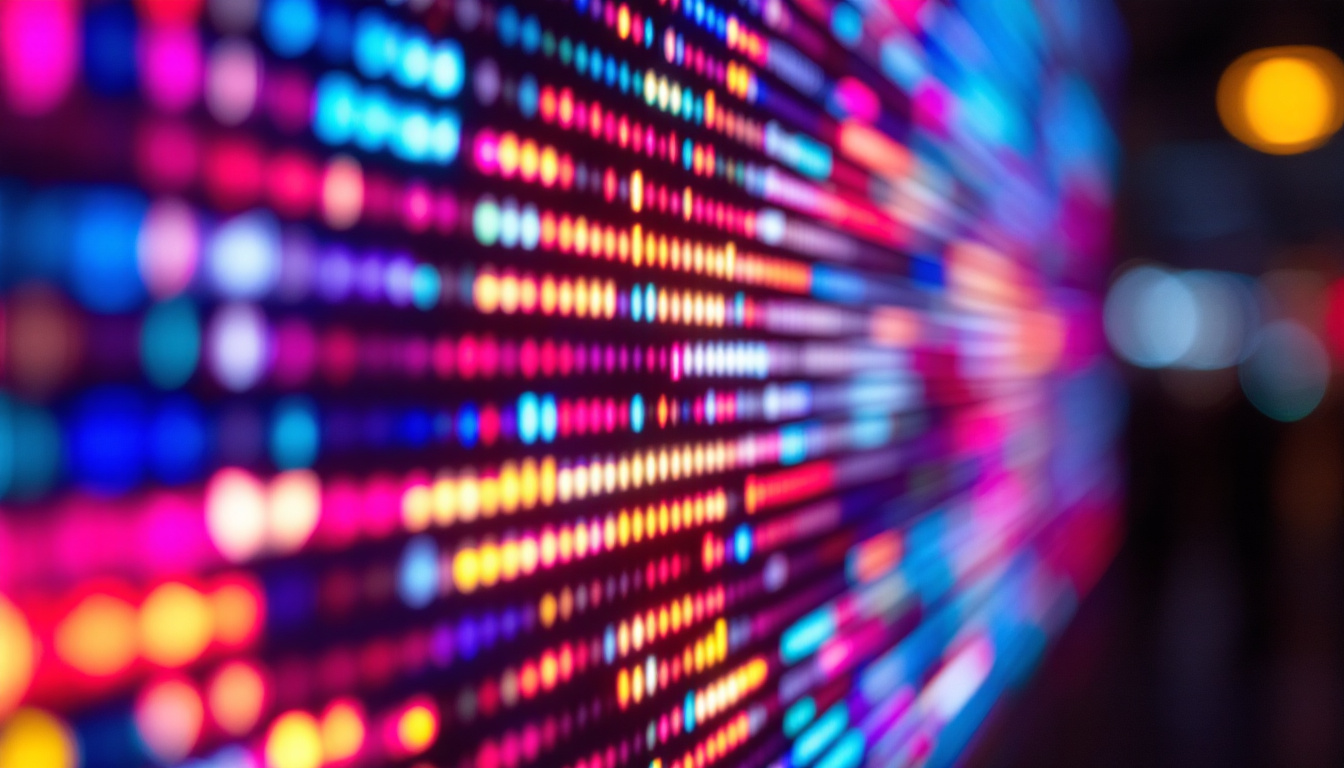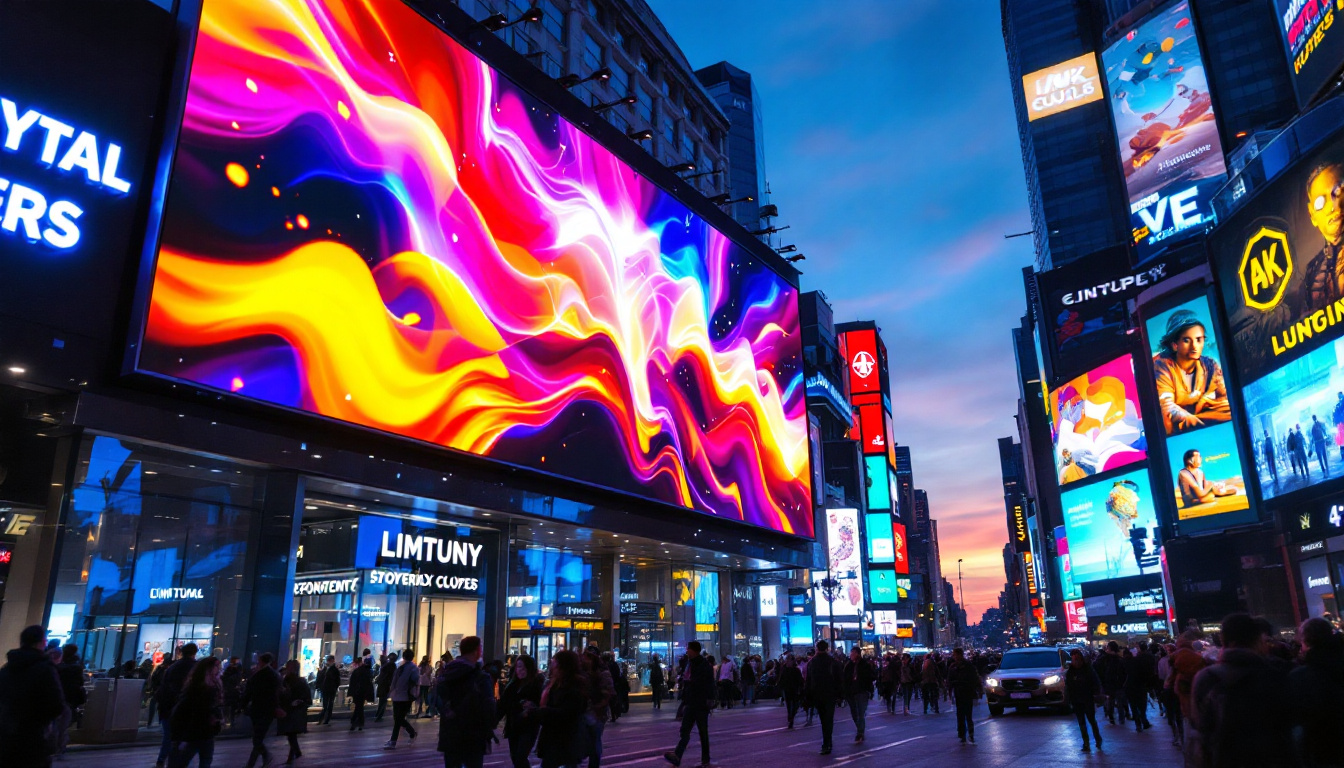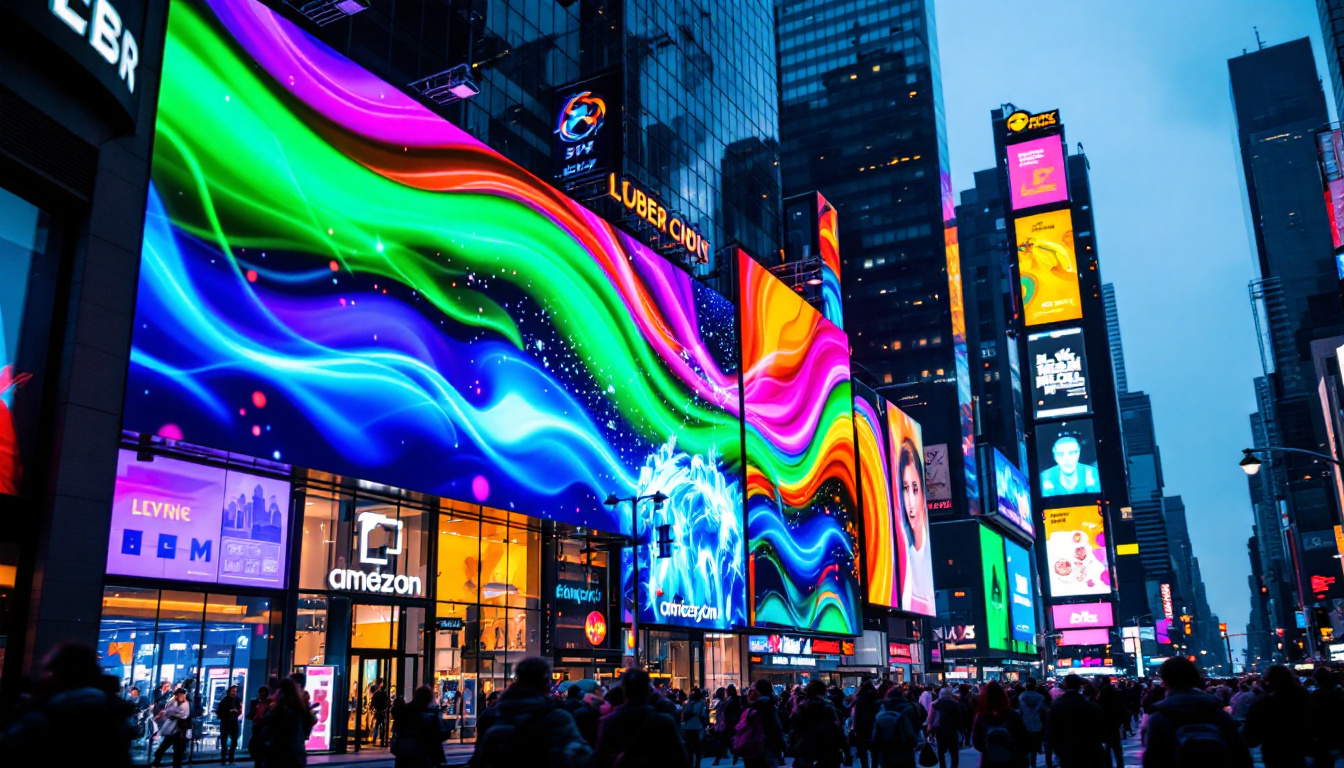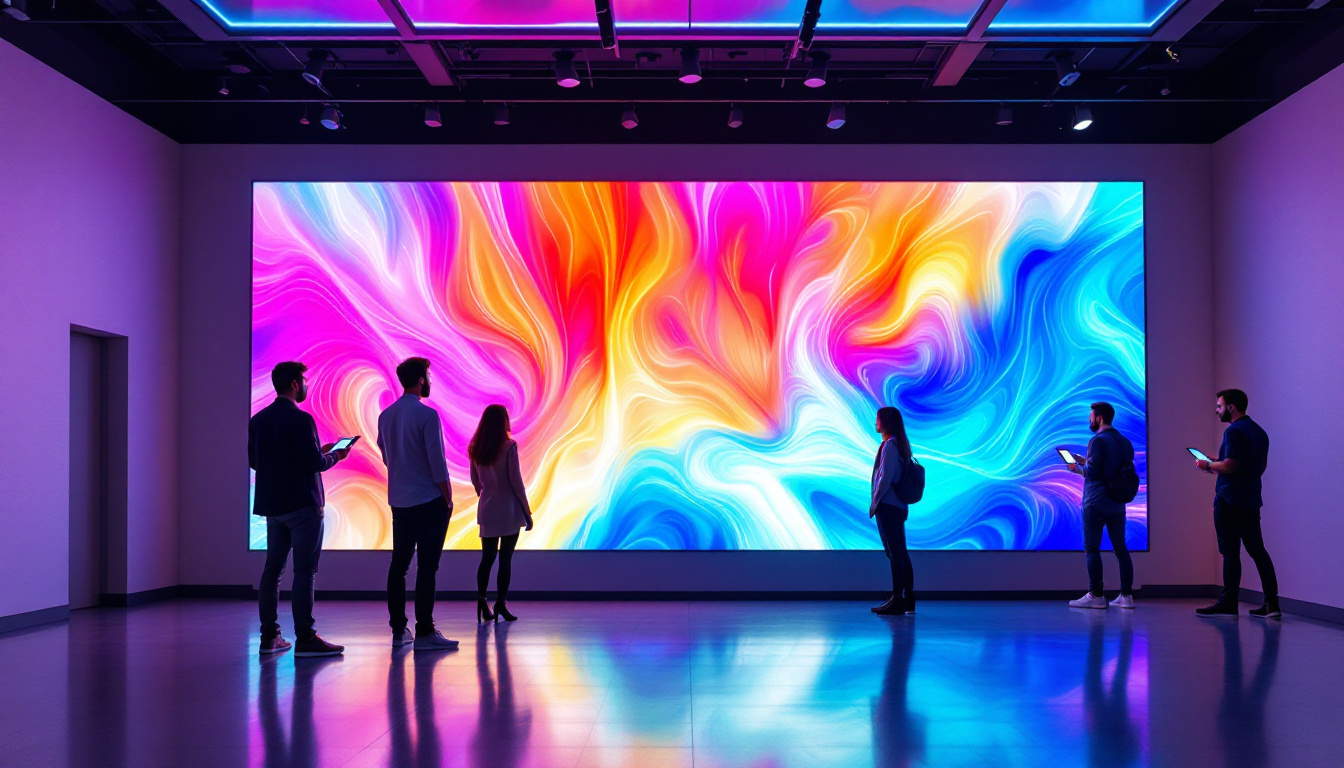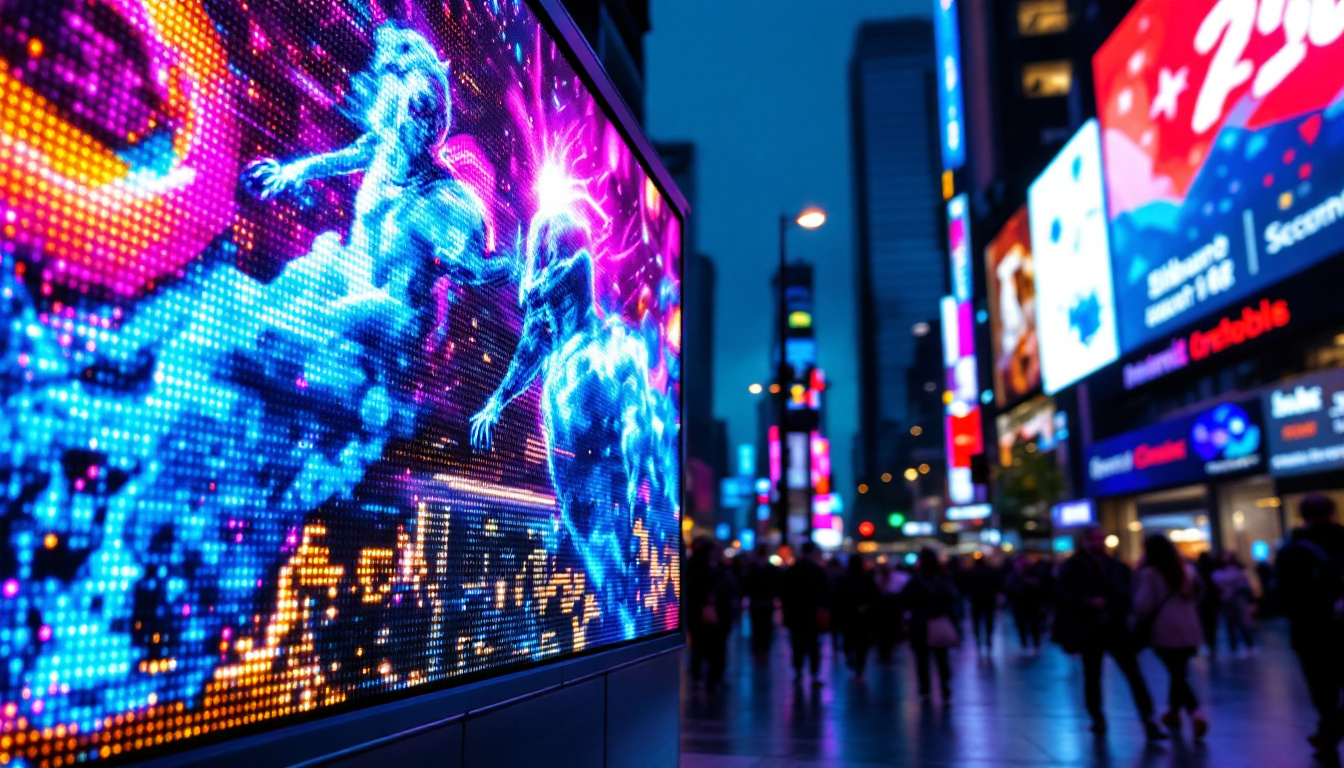In today’s technology-driven world, understanding the fundamentals of displays is essential. Among various types of displays, the concept of the Least Common Denominator (LCD) often comes into play, especially in mathematical contexts. However, when discussing displays, particularly LED (Light Emitting Diode) displays, the conversation shifts toward how these technologies function and their applications. This article will explore the relationship between the LCD of numbers like 7 and 8, and how it relates to LED displays.
Understanding the Concept of LCD
The term LCD can be confusing as it has multiple meanings in different contexts. In mathematics, the Least Common Denominator is a crucial concept used to simplify fractions and perform arithmetic operations. However, in the realm of displays, it is essential to focus on how these concepts can be applied to understand the technology behind LED displays.
Least Common Denominator in Mathematics
The Least Common Denominator (LCD) of two or more fractions is the smallest number that can be evenly divided by each of the denominators. For example, to find the LCD of 7 and 8, one must identify the multiples of each number. The multiples of 7 are 7, 14, 21, 28, and so on, while the multiples of 8 are 8, 16, 24, 32, etc.
In this case, the smallest common multiple between 7 and 8 is 56. Thus, the LCD of 7 and 8 is 56. This concept is vital in mathematical operations involving fractions, as it allows for the addition or subtraction of fractions with different denominators. By converting fractions to have a common denominator, mathematicians can simplify complex equations and make calculations more manageable. This foundational skill is not only important in academic settings but also in real-world applications, such as in finance when calculating interest rates or in cooking when adjusting recipes.
Application of LCD in Electronics
While the mathematical definition of LCD is clear, its application in electronics, particularly in displays, is a different matter. In electronics, the term LCD often refers to Liquid Crystal Displays, which are distinct from LED displays. Understanding these differences is essential for grasping how various display technologies work. LCDs utilize liquid crystals that align when an electric current passes through them, allowing light to pass or be blocked, which creates images on the screen. This technology is widely used in televisions, computer monitors, and smartphones due to its ability to produce sharp images with lower power consumption compared to older display technologies.
Moreover, the development of LCD technology has led to significant advancements in screen resolution and color accuracy. Modern LCDs can achieve high-definition (HD) and ultra-high-definition (UHD) resolutions, making them ideal for media consumption and gaming. Additionally, innovations such as In-Plane Switching (IPS) and Twisted Nematic (TN) panels have improved viewing angles and response times, catering to a variety of consumer needs. As technology continues to evolve, the integration of LCDs with other technologies, such as OLED (Organic Light Emitting Diode), is paving the way for even more sophisticated displays that offer richer colors and deeper blacks, enhancing the overall visual experience.
Exploring LED Displays
LED displays have gained immense popularity due to their efficiency, brightness, and versatility. Unlike traditional LCDs, which rely on liquid crystals and a backlight, LED displays utilize light-emitting diodes to produce images. This technology has transformed the way visuals are presented, from televisions to smartphones and digital billboards.
How LED Displays Work
LED displays function by using an array of tiny light-emitting diodes that can emit different colors of light. These diodes can be combined in various configurations to create pixels, which collectively form the images seen on the screen. The primary advantage of LED technology is its ability to produce vibrant colors and high contrast ratios, making images more lifelike.
When an electric current passes through the diodes, they emit light. By adjusting the intensity of the current, different colors can be produced, allowing for a full spectrum of visuals. This technology is not only energy-efficient but also has a longer lifespan compared to traditional display technologies.
Types of LED Displays
There are several types of LED displays, each designed for specific applications. The most common types include:
- Direct View LED Displays: These displays are typically used for large screens, such as outdoor billboards and stadium displays. They consist of individual LED modules that can be arranged to form a larger image.
- LED-backlit LCD Displays: These displays combine traditional LCD technology with LED backlighting. The LEDs illuminate the liquid crystals, enhancing brightness and color accuracy.
- Organic LED (OLED) Displays: OLED displays utilize organic compounds that emit light when an electric current is applied. This technology allows for thinner screens and better color reproduction.
The Advantages of LED Technology
LED displays offer numerous advantages over traditional display technologies. Understanding these benefits can help consumers and businesses make informed decisions when choosing display solutions.
Energy Efficiency
One of the most significant advantages of LED displays is their energy efficiency. Compared to traditional incandescent bulbs or even fluorescent lighting, LEDs consume significantly less power. This not only reduces electricity costs but also has a positive impact on the environment.
In commercial applications, such as advertising and digital signage, the energy savings can be substantial, leading to lower operational costs over time. Additionally, the reduced heat generation from LED displays contributes to a more comfortable environment in indoor settings.
Longevity and Durability
LED displays are known for their long lifespan, often lasting up to 50,000 hours or more. This durability makes them an attractive option for both residential and commercial use. Unlike traditional displays that may require frequent replacements, LED technology minimizes downtime and maintenance costs.
Moreover, LED displays are more resistant to shock and vibration, making them suitable for a variety of environments, including outdoor settings where weather conditions can be unpredictable.
Applications of LED Displays
LED displays are versatile and can be found in numerous applications across various industries. Their adaptability makes them a popular choice for both personal and commercial use.
Commercial Advertising
One of the most prominent applications of LED displays is in commercial advertising. Digital billboards and signage utilize LED technology to capture the attention of passersby with vibrant colors and dynamic content. These displays can easily be updated with new advertisements, promotions, or information, making them a cost-effective marketing tool.
Businesses can also take advantage of smaller LED displays for in-store promotions, enhancing the shopping experience and driving sales. The ability to display eye-catching visuals helps to engage customers and create a memorable brand presence.
Entertainment and Events
LED displays play a crucial role in the entertainment industry, from concerts to sporting events. Large-scale LED screens are often used to provide audiences with high-quality visuals, enhancing the overall experience. These displays can show live feeds, graphics, and interactive content, making events more engaging.
In addition, LED technology is used in stage lighting and effects, allowing for creative and dynamic presentations that captivate audiences. The flexibility of LED displays enables event organizers to create immersive environments that leave a lasting impression.
Residential Use
LED displays are not limited to commercial applications; they have also made their way into homes. Modern televisions and computer monitors often utilize LED technology due to its superior picture quality and energy efficiency. Home theater systems benefit from the vibrant colors and high contrast ratios that LED displays provide.
Additionally, LED displays are increasingly used in smart home devices, such as digital photo frames and smart mirrors, enhancing the aesthetic appeal and functionality of residential spaces.
The Future of LED Technology
As technology continues to evolve, the future of LED displays looks promising. Innovations in LED technology are paving the way for even more advanced applications and improved performance.
Advancements in Display Technology
Research and development in LED technology are focused on enhancing color accuracy, brightness, and energy efficiency. Innovations such as MicroLED and MiniLED are gaining traction, offering even smaller pixels and improved image quality. These advancements will enable the production of displays with higher resolutions and better performance in various lighting conditions.
Furthermore, the integration of artificial intelligence and machine learning into display technology is expected to enhance user experiences. Smart displays that adapt to user preferences and environmental conditions will likely become more prevalent in the coming years.
Sustainability and Environmental Impact
With growing concerns about environmental sustainability, the LED industry is also focusing on reducing its carbon footprint. Efforts are being made to develop eco-friendly materials and manufacturing processes, ensuring that LED displays are not only energy-efficient but also sustainable.
As consumers become more environmentally conscious, the demand for sustainable display solutions will likely increase, driving further innovation in the industry.
Conclusion
Understanding the relationship between the Least Common Denominator of numbers like 7 and 8 and the technology behind LED displays may seem unrelated at first glance. However, both concepts highlight the importance of foundational knowledge in their respective fields. The LCD of 7 and 8 serves as a reminder of the mathematical principles that underpin many technological advancements, while LED displays exemplify the evolution of visual technology in our daily lives.
As technology continues to advance, LED displays will remain at the forefront, providing vibrant visuals and efficient solutions for a wide range of applications. Whether in advertising, entertainment, or residential settings, LED technology is set to play a significant role in shaping the future of displays.
Discover the Future of LED Displays with LumenMatrix
As you’ve seen, the interplay of mathematical precision and technological innovation is key to the advancements in LED display technology. Embrace the future with LumenMatrix, a leader in crafting exceptional LED display modules that bring your visual communications to life. From Indoor and Outdoor LED Wall Displays to specialized solutions like Vehicle and Sports LED Displays, LumenMatrix is dedicated to enhancing your brand’s visibility and audience engagement. Experience the transformative power of our LED display solutions and let your message shine with unparalleled clarity. Check out LumenMatrix LED Display Solutions today and step into a world of vivid imagery and dynamic storytelling.











